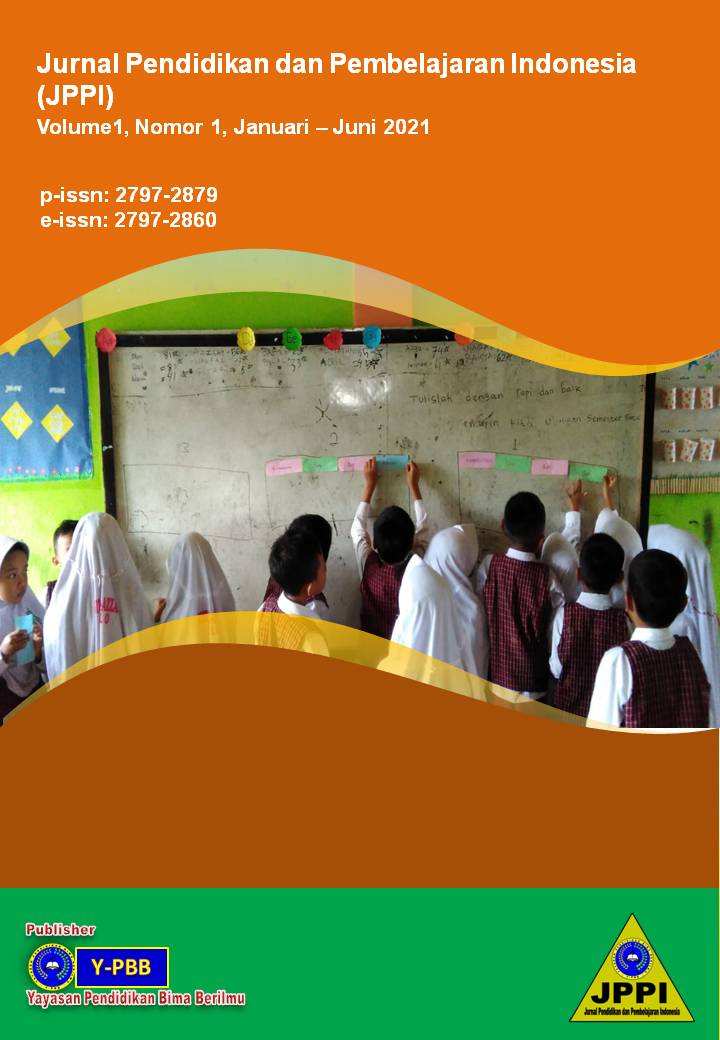Visual Processing Assessment on Children: A Pilot Study
DOI:
https://doi.org/10.53299/jppi.v1i1.18Keywords:
Visual processing, visual assessmentAbstract
Visual Processing skill plays a key role on how children learn in some areas, such as math, reading, writing and others. This skill supports a child’s self-esteem in the areas of learning. The researcher aims to investigate the visual processing of a children on this age and see how visual processing works on the children. A children of 4.8 years old is the participant of the research. The researcher provide 3 kinds of visual processing assessment: visual discrimination, visual memory/visualization, and visual-motor integration. The first assessment shows that the children in this age recognized and well-discriminated the visual shapes provided. On the second assessment, he memorized where the specific shapes laid on, then he got the correct recognitions. Dealing with visual motor integration, he experienced the first puzzle and reflected on the second puzzle as he did the visual motor integration well. These visual assessments show that the visual processing in children is developing and becoming a significant variables of the children’s preferences of learning physically and mentally.
References
Bezrukikh, M.M.,& Terebova, N.N. (2009). Characteristics of the development of visual perception in five- to seven-year old children. Human Physiology, Vol. 35, Issue 6, pp. 684 – 689.
Davis, E.E., Pitchford, N.J., & Limback E. (2011). The interrelation between cognitive and motor development in typically developing children aged 4 – 11 years is underpinned by visual processing and fine motor control British Journal of Psychology (2011), 102, pp. 569 – 584.
Dibek, E. (2012). Implementation of visual motor ability enhancement program for 5 years old. Procedia Social and Behavioral Sciences 46 (2012), pp. 1924 – 1932.
Emam, M., & Kazem, A. (2014). Visual motor integration in children with and without reading disabilities in Oman. Procedia Social and Behavioral Sciences 112 (2014), pp. 548 – 556.
Guillaume, M., Mejias, S., Rossion, B., Dzhelyova, M., & Schiltz, C. (2018). A rapid, objective and implicit measure of visual quantity discrimination. Neuropsychologia 111(2018), pp. 180 – 189.
Sesha (2013). Why childhood is the golden period of life. In http://www.indiastudychannel.com/resources/161191-Why-childhood-is-the-golden-period-of-life.aspx
Sors, F., Murgia, M., Santoro, I., Prpic, V., Galmonte, A., & Agostini T. (2017). The contribution of early auditory and visual information to the discrimination of shot power in ball sports. Psychology of Sport and Exercise 31 (2017), pp. 44 – 51.
Stake, R.E. (2000). Case studies. In N.K. Denzin & Y.S. Lincoln (Eds.), Handbook of qualitative research (2nd ed., pp. 435 – 454). Thousand Oaks, CA: Sage.
Sun, Q. C., Xia, J.C., He, J., Foster, J.,& Falkmer, T. (2018). Towards unpacking older drivers’ visual-motor coordination: A gaze-based integrated driving assessment. Accident Analysis and Prevention 113 (2018), pp. 85 – 96.
Tzuriel, D., & Eiboshitz, Y. (1992). Structured program of Visual-motor integration (SP – VMI) for preschool children. Learning and Individual Differences Vol. 4 No. 2, pp. 103 – 124.
http://www.newhorizonsvisiontherapy.com/what-is-visual-processing/
Vinci-Booher, S., James, T.W., & James, K.H. (2016). Visual-motor functional connectivity in preschool children emerges after handwriting experience. Trends in Neuroscience and Education.
Wang, J., Ohtsuka, R., Yamanaka, K., Shioda, K., & Kawakami, M. (2015). Relation between mental workload and visual information processing. Procedia Manufacturing 3 (2015), pp. 5308 -5312.
Zakharov, I.M., Voronin, I. A., Ismatullina, V.I., & Malykh, S.B. (2016). The relationship between visual recognition memory and intelligence. Procedia Social and Behavioral Sciences 233 (2016), pp. 313 – 317.














